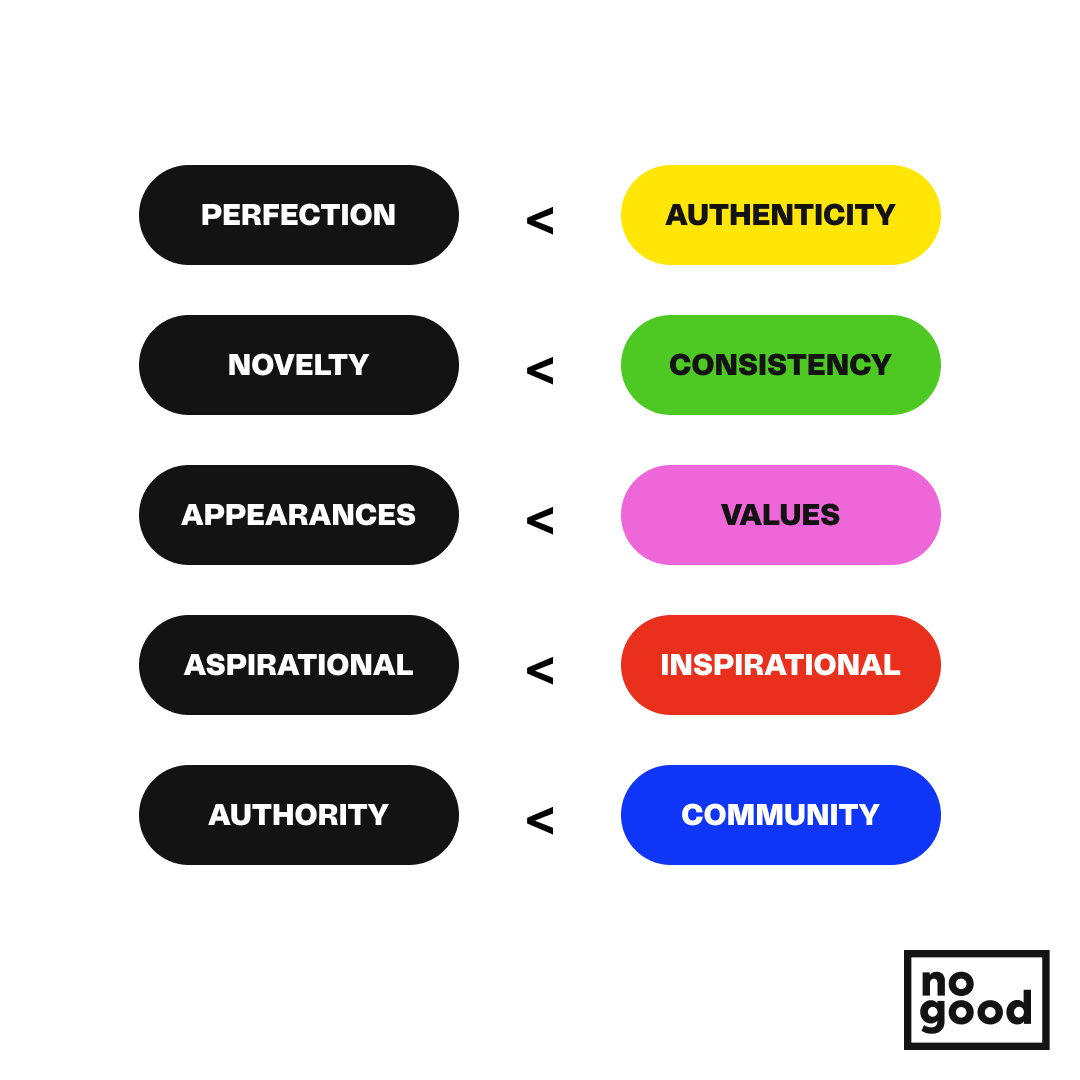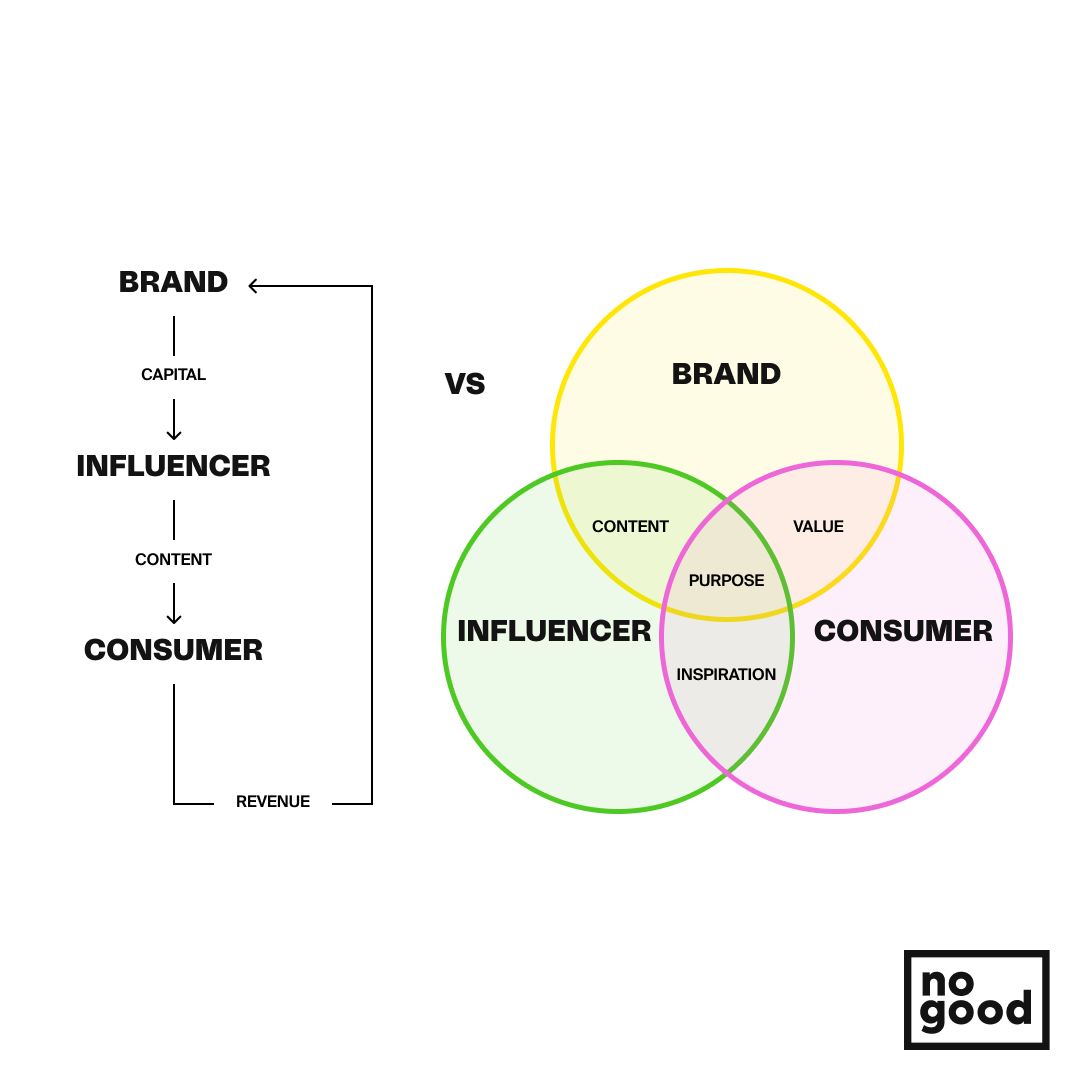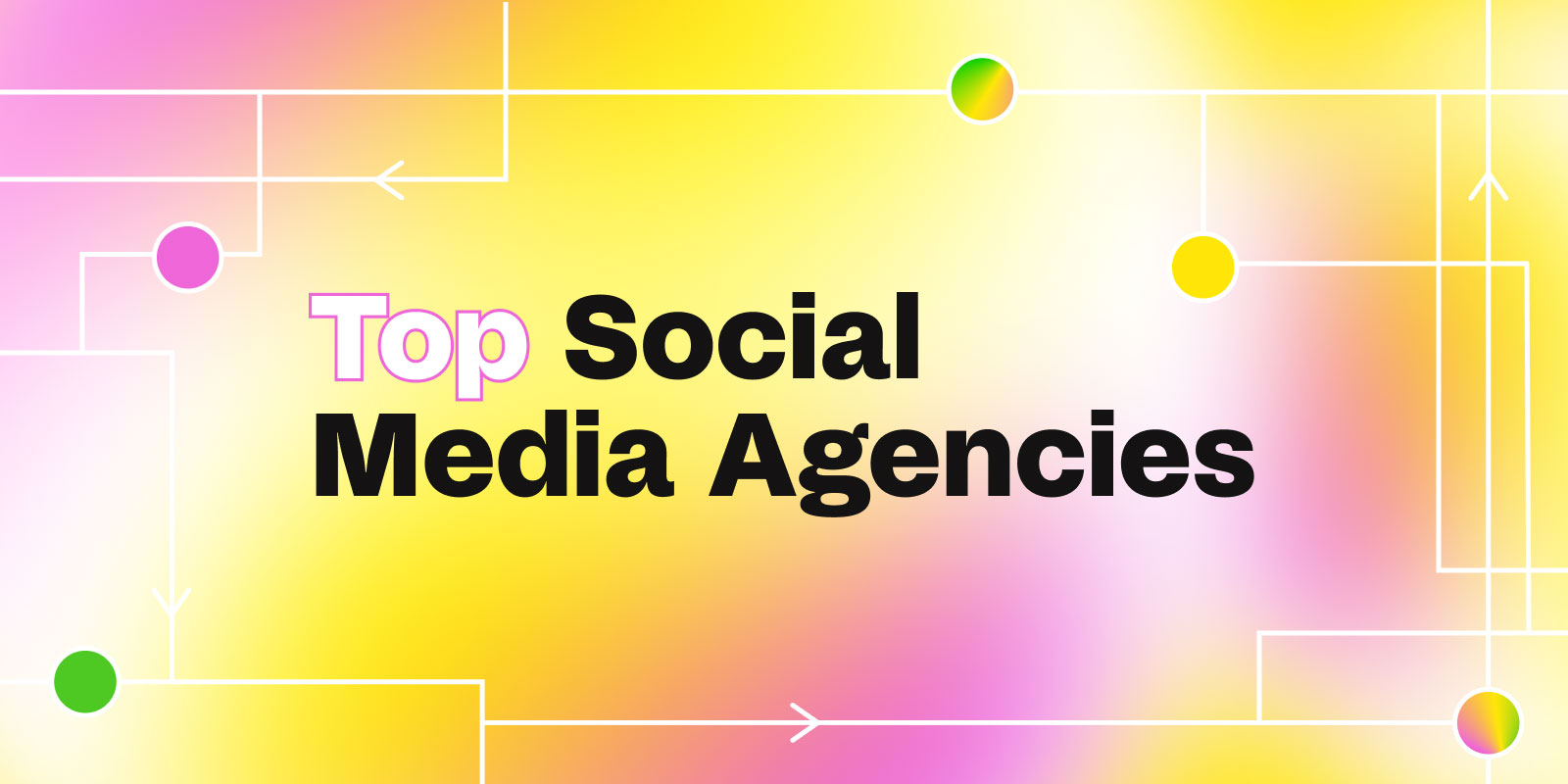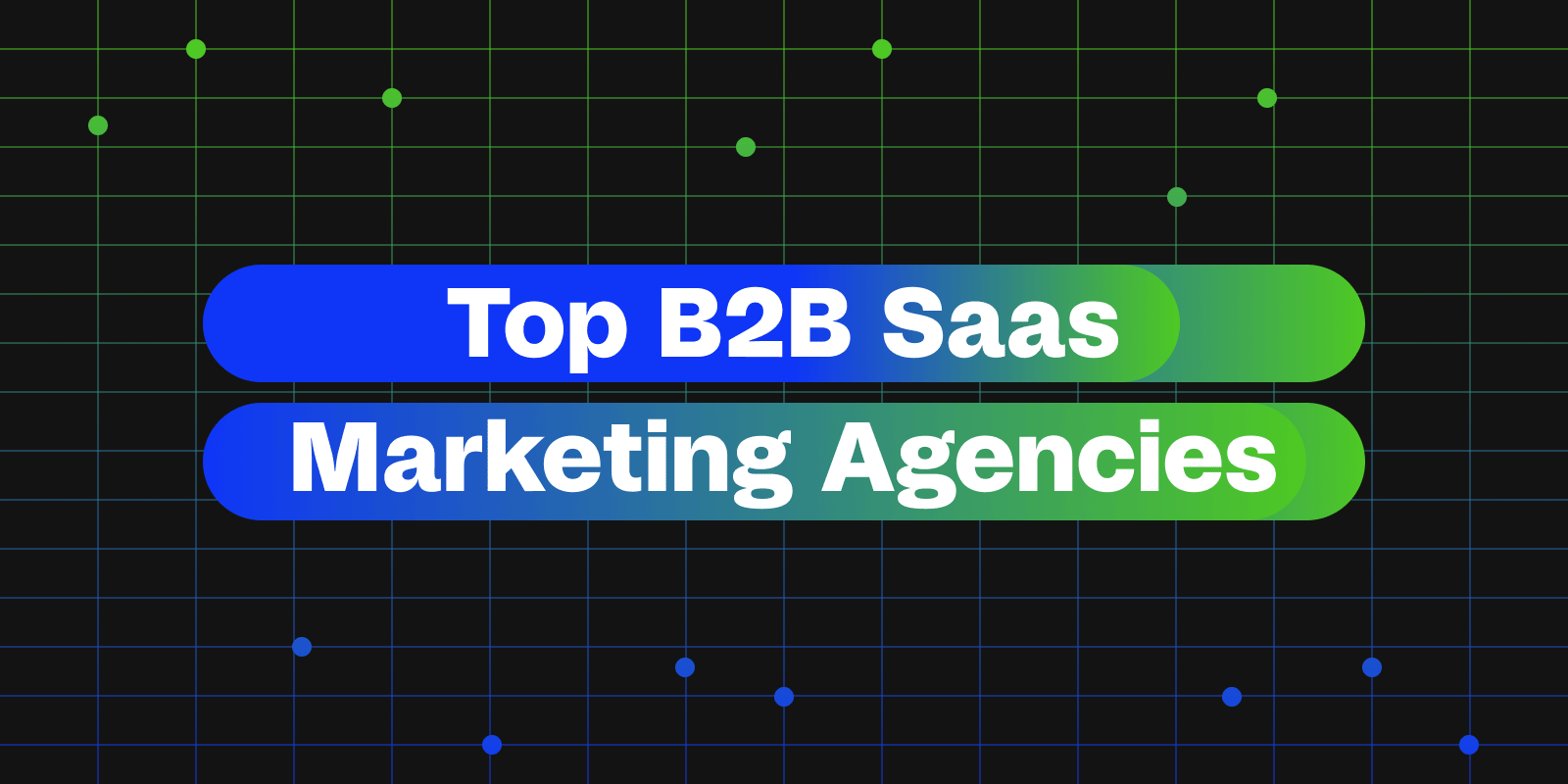In a market saturated with carefully constructed digital media personas and transactional brand collaborations, the identity of the “influencer” has become increasingly defined by the inherently exploitative side of capitalism and the detrimental effect of social comparisons. As consumers begin to value authenticity over perfection and consistency over novelty, the definition of “influence” is also changing. The term “influencer” has become an outdated concept replaced by a new era of “genuinfluencers” and content creators — community stakeholders that find their influence through relatability, authenticity, and genuine action within their industry.

The concept of the “genuinfluencer” was coined by WGSN in 2021 to describe a subset of creators who command followings but don’t identify with the conventional definition of an influencer. Such individuals are less interested in promoting new products or creating “sponcon” (short for sponsored content) for brand partnerships and are more focused on sharing information on their passions and making an impact in their direct communities. The term “genuinfluencer” essentially highlights a paradigm shift from traditional “influencers” to “content creators”. This shift reflects not only an overall cultural trend towards authenticity but also changing priorities with the prominence of Gen Z’s increasing purchasing power, as well as new developments in platforms such as TikTok that are driving behavioral changes.
Consumers are losing trust in traditional influencers
According to a study conducted with 56,000 internet users surveyed from across 81 countries, 96% of consumers do not trust influencers when it comes to the information they present on social media. It is becoming increasingly clear to brands and businesses that the age of showboating excess is over, paving the way for a greater need for authenticity. When Ellen Degeneres complained about self-quarantine feeling like “being in jail”, her tone-deaf comments sparked immediate backlash for comparing her fifteen million dollar mansion to jail. Similarly, when Kim Kardashian “surprised her closest inner circle with a trip to a private island” for her 40th birthday, the internet exploded with sardonic tweets and angry reactions to the insensitivity of Kardashian’s “humble” announcement. What’s quickly becoming clear is that being too aspirational is repellent now, and the greatest asset that brands and influencers can have is trust — a scarcity that few are able to foster.
Take TikTok for example. Compared to other social media platforms, TikTok is usually seen as the one that is most driven by authenticity; while this statement still stands true most of the time, the platform is slowly losing its aura of authenticity as it introduces more shoppable aspects and advertising tools. With 10 billion views on the #TikTokMadeMeBuyIt hashtag, the platform holds immense promotional potential that could easily disrupt its original intent of authenticity. Automation and spam have made users more skeptical of brands, products, and campaigns, and as a result, brands are leaning into the popularity of the “anti-aesthetic” as a means to manufacture and curate “authenticity”.
Another example of this fetishization of “authenticity” is the trend of Instagram “photo dumps”: low-effort, unfiltered and mismatched carousel images that loosely convey a story or a mood. Despite their supposed “rawness”, these photo dumps are still aesthetically pleasing, which ultimately begs the question: are we manufacturing authenticity now? What happens when the anti-aesthetic — created specifically to combat inauthenticity — is becoming questionably inauthentic?
Consumers are changing — and so are the platforms they’re interacting with
It’s the age-old “chicken or egg” paradox, once again. Changing consumer priorities have inspired platforms to adapt to emerging trends and preferences, and new platform features have driven behavioral changes that leverage these technologies. Consumers are now using TikTok not just as a traditional social media platform, but also as a source of entertainment and even a search engine. Gen Z in particular is using TikTok as a search engine, and the educational hashtag #ILearnedItOnTikTok has a staggering 15.7 million views. As a response to these emerging behaviors, TikTok is beginning to label itself as an “edutainment” platform instead of a social media platform.
On the other hand, the technology behind TikTok’s algorithm is also driving consumers to focus more on the quality of the content and less on idealizing individual influencers. Since the content that TikTok shows to its users is based on relevance, traditional influencers with large followings are being replaced by content creators and “genuinfluencers” that may not have the highest follower counts, but instead have greater engagement within the niche communities that they focus on. In line with the diminishing importance of the individual followings, “influencer marketing” itself now describes a larger channel of communication rather than specific leverageable individuals. Today’s engaging content pieces are more actionable and less aspirational, as creators aim to build a shared community of reciprocal value instead of relying on a hierarchical relationship between an influencer and a follower. As such, this community and value-driven approach to content consumption blurs the boundaries between who is and isn’t a content creator, and redefines the notion of “influence” as a channel accessible by a myriad of creators outside of the conventional role of an influencer.
Brands need to tap into the new influence ecosystem
As the definition of “influence” evolves, so too does the nature and structure of the existing influence ecosystem. The standard relationship between a brand and an influencer is highly linear and hierarchical: the brand transfers capital to the influencer, who then creates content and delivers it to the consumer, in hopes that the content will generate revenue for the brand. The problem with a linear relationship driven by capital is that it stifles creativity and creates a fundamentally transactional dynamic that does not consider the values and beliefs of individuals and consumers. If influencers are motivated by capital rather than a genuine desire to share information or beliefs with their target audience, the content created falls flat of the authenticity and openness that consumers today crave.
The solution to this problem lies in the hope that brands will work towards creating a better, more authentic influence ecosystem that integrates content creators into their decision-making and creative processes; one-way brands can do this would be through tapping into the creator economy, or by working with agencies with in-house creators that supplement brands’ multi-platform strategies. Many agencies are recognizing the importance of having an authentic, audience-relevant content strategy, and are moving toward hiring resident creators that are directly involved with the agency’s strategic and creative processes.

Leverage the creator economy for your brand today
The definition of influence is changing, and consumers and platforms are changing with it. Brands can and should be quick to respond to these changes by:
1. building genuine trust amidst a fetishization of manufactured “authenticity”
2. adapting content to the unique ways in which consumers interact with each platform
3. effectively tapping into the creator economy, i.e. NoGood’s in-house TikTok studio
Meanwhile, we’ll continue doing what we do best — strategizing, growing, and creating content not with “influencers”, but with creators that command authentic influence.








Leave a comment